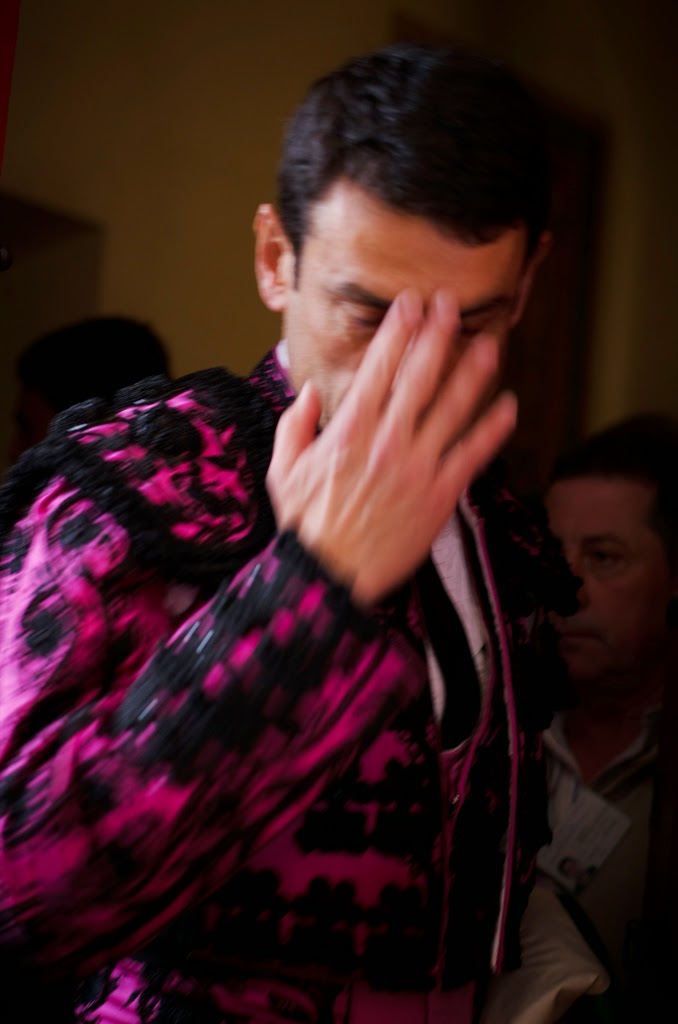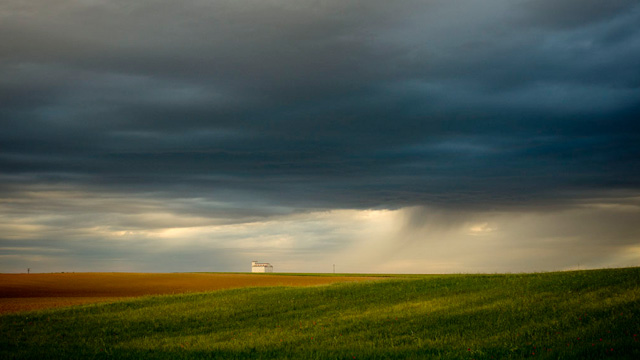
Julio Llamazares, en el prólogo del libro “Navia”, PhotoBolsillo, 2001:
“En la memoria de Navia, hay una lata de carne de membrillo que marcaría su vida. Aquella lata, que todavía conserva, tiene pintada una góndola veneciana y las letras en molde del nombre del fabricante «Francisco Aguilar Berral, de Puente Genil», y en ella guardaba su abuela Ana las fotografías de la familia. En las tardes de invierno, el niño Navia miraba los retratos de sus antepasados y los suyos propios con esa fascinación con que los niños de aquella época mirábamos las fotografías…
Sin hacer ruido, como camina, con su pequeña cámara Leica y sus cuadernos de viaje (al contrario también que otros fotógrafos, a Navia le apasiona la literatura), él ha ido construyendo de ese modo su personal hacer fotográfico, huyendo de las modas y de las localizaciones fáciles, como el lector podrá ver en este libro. Una frase de José Hierro le guía: «A mi lo exótico no me interesa, pero decidme dónde han ido los romanos, que voy contento». Frase que Navia trasmuta por otra más personal: «A mi me apetece ir donde han ido mis antepasados», y que le ha llevado ya por todo España y Portugal y por todos los países de cultura ibérica o latina.
Al final, después de tantas imágenes, después de tantos viajes por todo el mundo, Navia puede mirar hacia atrás y contemplar el trabajo hecho y pensar que ha merecido la pena. Porque aquel niño de La Prosperidad es hoy ya un fotógrafo de referencia y, lo que es más importante para él, un fotógrafo distinto a todos. Por eso, puede mostrar ahora, como hacía su abuela Ana con las de su familia, las fotos ya realizadas mientras continúa llenando con otras la lata de su vida. Esa lata de carne de membrillo que es la vida del fotógrafo y, al fin, la de todos los hombres.”
//
Julio Llamazares, in the prologue of the book “Navia” PHotoBolsillo, 2001:
“In memory of Navia, there is a can of quince jelly that would mark his life. That can, which he still retains, has painted a Venetian gondola and letters in mold manufacturer name “Francisco Aguilar Berral, from Puente Genil”, and inside it kept her grandmother Ana family photographs. In the winter evenings, the child Navia looked the portraits of his ancestors and his own with the fascination with the children of that time looked at the pictures…
Quietly, as he walks, with his Leica camera and small travel notebooks (also unlike other photographers, Navia is passionate about literature), he has been building its staff thus making photo, avoiding the fads and the easy locations, as the reader can see in this book. A quote from Jose Hierro guides him: “The exotic does not interest me, but tell me where they went the Romans, and happy I will go there.” Navia transmutes phrase with a more personal: “I really want to go where my ancestors have gone,” and that has already taken him around Spain and Portugal and all countries of Iberian or Latin culture.
Finally, after so many pictures, after so many trips around the world, Navia can look back and see the work done and think it was worth. Because that boy from La Prosperidad is today a reference photographer, and what is more important to him, unlike any other photographer. So now he can show, as his grandmother Anna did with her family ones, photos already made while he continues filling with others the can of his life. That can of quince jelly which is the life of the photographer and, finally, of all men.”
(via: http://www.huellasdeluz.es/)

Compartir esto // Share this:

























 “Pisadas Sonámbulas: Lusofonías”, es un viaje fotográfico de José Manuel Navia por Portugal que nace de la fascinación del autor por el país luso y su cultura. Las imágenes están recogidas en el libro del mismo nombre, y constituye uno de los proyectos más queridos de José Manuel Navia.
“Pisadas Sonámbulas: Lusofonías”, es un viaje fotográfico de José Manuel Navia por Portugal que nace de la fascinación del autor por el país luso y su cultura. Las imágenes están recogidas en el libro del mismo nombre, y constituye uno de los proyectos más queridos de José Manuel Navia. 



